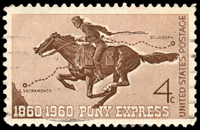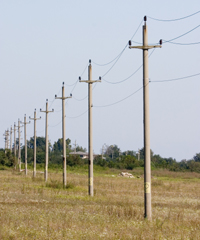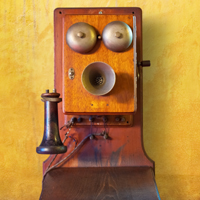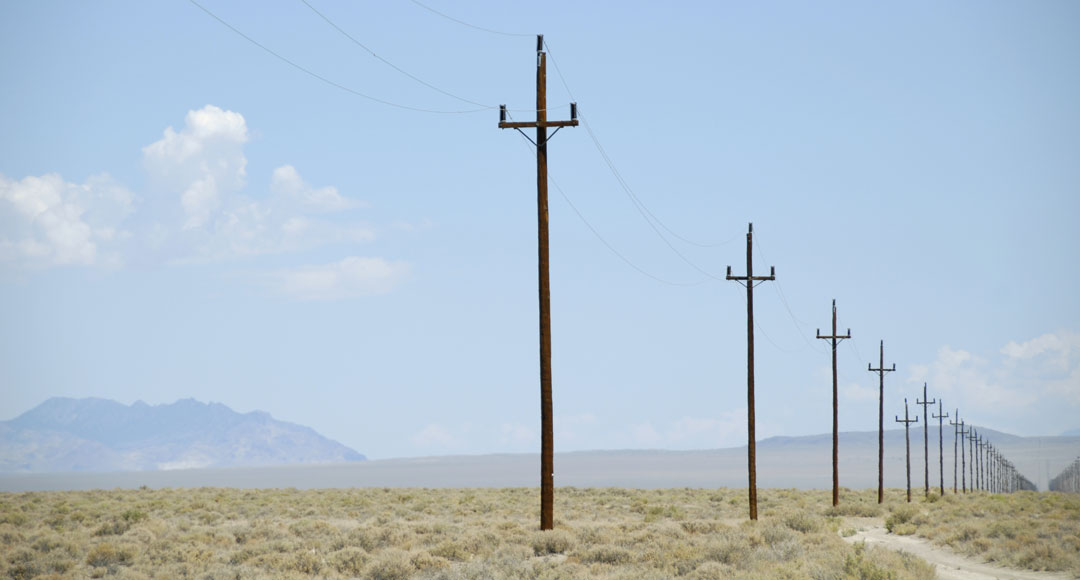 U.S. POSTAL SERVICE
U.S. POSTAL SERVICE
The United States Postal Service was one of the first governmental services established in the U.S., and almost immediately became the most important one. By 1831, postal employees accounted for over 75 percent of the civilian federal workforce. Federal Postmasters outnumbered federal soldiers by nearly a third.
In 1848 regular mail service between California and the east coast was contracted out to two steamship lines. Ten years later, in September 1858, regular semiweekly overland service began with a contract to John Butterfield’s Overland Mail Company. The aim of both sea and overland routes was to deliver mail from one coast to the other in three to four weeks, though this goal was frequently missed.
 PRIVATE EXPRESS
PRIVATE EXPRESS
Lack of prompt, reliable communication between the two coasts was a major problem for the fledgling western states. Private companies such as the Wells Fargo Express line provided transportation for gold and other valuables, but prompt delivery of mail was still lacking.
In April 1860 entrepreneur William H. Russell and his two partners began private express mail service between St. Joseph, Missouri and Sacramento, California– the famed “Pony Express”. The trip took seven to ten days, a vast improvement over prior delivery times. The venture was short-lived, however. The route was never profitable, and went under contract with the Postal Service in July, 1861. In October 1861, with the inauguration of the new transcontinental telegraph, the Pony Express ended.
 TRANSCONTINENTAL TELEGRAPH
TRANSCONTINENTAL TELEGRAPH
In 1838, America’s first telegram was sent by Samuel Morse over a two-mile long line. The benefits of this novel mode of communication were immediately obvious, and telegraph lines began to web the entire east coast. In May 1844, Morse sent a message from Washington to Baltimore, using repeater technology.
In 1860, Congress authorized construction of a telegraph line between the Atlantic and the Pacific States. The line from Omaha, Nebraska reached Salt Lake City on October 18, 1861. Simultaneously, telegraph lines were being constructed in California and up the Pacific Coast. By March 1864, the transcontinental line was completed and open as far as Oregon.
 TRANSATLANTIC TELEGRAPH
TRANSATLANTIC TELEGRAPH
Attempts to lay undersea cable for telegraph communications began in the mid-1850s. The first cables were constructed of copper coated with gutta-percha, wrapped with tarred hemp and iron wire; they were laid between Ireland and Newfoundland. The first cables were installed in 1857 and again in 1858; they failed almost immediately.
The first truly successful transatlantic telegraph cable was completed on July 27, 1866. The first messages, other than technical tests of the equipment, were passed between Queen Victoria of England and President James Buchanan of the U.S. For the first time, Europe and the United States could communicate instantaneously.
Multiple cables were laid thereafter, creating redundancy and insuring that communication between the continents was never again lost.
IMAGE: Courtesy of Atlantic Cable.com
 TELEPRINTER
TELEPRINTER
The earliest messages sent via telegraph were sent in a code consisting of short and long (or positive and negative) pulses over the electric wires– the familiar dots and dashes of Morse code. This system was painfully slow and required skilled operators at both the sending and receiving end. Pressure rapidly built for a mechanized method of transmitting letters over the cables.
Various engineers tackled the problem, including Royal Earl House, David Edward Hughes, Emile Baudot, donald Murray, Charles L. Krum, Edward Kleinschmidt and Frederick G. Creed. Royal Earl House received a patent for his printing telegraph in 1846. Service using the new device began in 1849 between Philadelphia and New York City.
In 1874, Émile Baudot devised a system using a five unit code.
 TELEPHONE
TELEPHONE
The telephone was the end product of a series of inventions beginning in 1849 with devices that demonstrated the ability to convey sound information using variable electrical current. In 1873, Thomas Edison made the key discovery that carbon grains showed differing resistance to electrical current depending on the amount they were compressed.
Two years later, Alexander Graham Bell successfully transmitted “indistinct but voice-like sounds” over a bi-directional circuit. He was closing in on his landmark invention. In March 1876 Bell’s US patent 174,465 for the telephone is granted. Three days later, on March 10, 1876, the famous words “Mr. Watson, come here, I want you.” were successfully transmitted and the era of modern telephone communications had dawned.
By 1904, over three million telephones had been installed in the United States.
FURTHER READING AND OTHER REFERENCES
Standage, Tom. The Victorian Internet. New York: Berkley Books, 1998.
“History of the Atlantic Cable & Undersea Communications, from the first submarine cable of 1850 to the worldwide fiber optic network”, http://atlantic-cable.com
(Posted November 2015)
